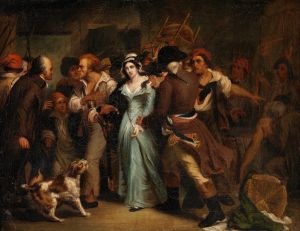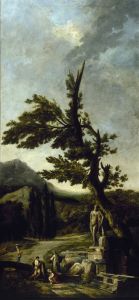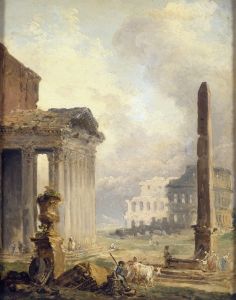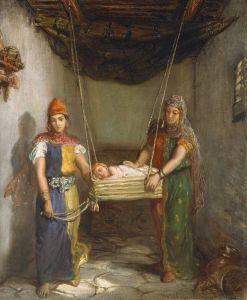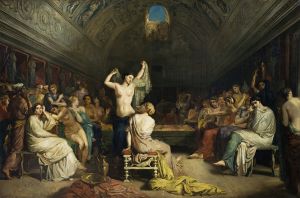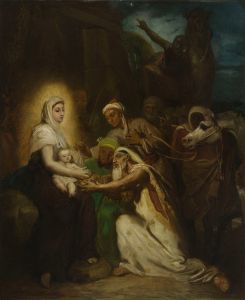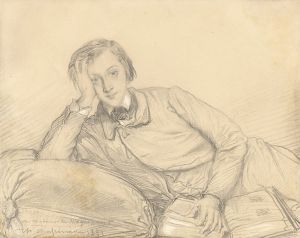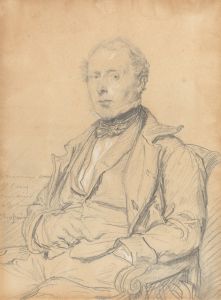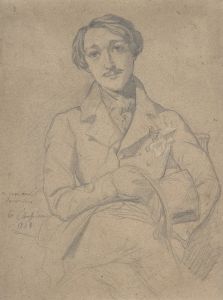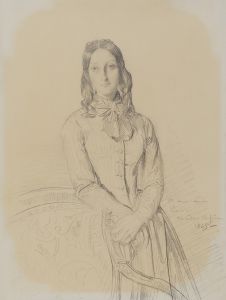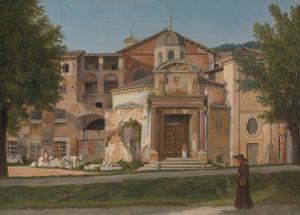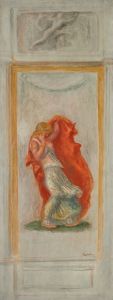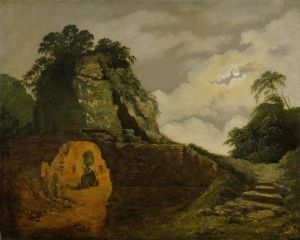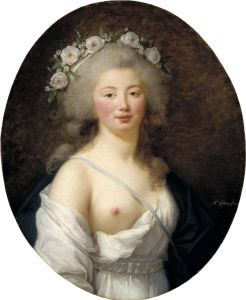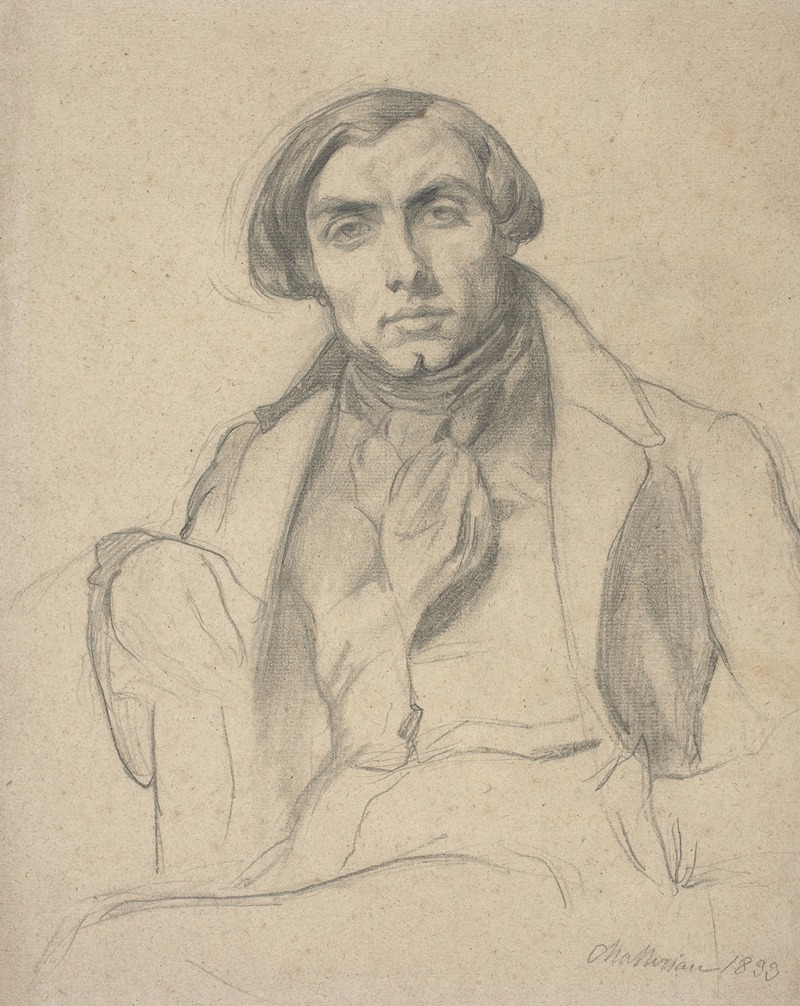
Auguste Ottin
A hand-painted replica of Théodore Chassériau’s masterpiece Auguste Ottin, meticulously crafted by professional artists to capture the true essence of the original. Each piece is created with museum-quality canvas and rare mineral pigments, carefully painted by experienced artists with delicate brushstrokes and rich, layered colors to perfectly recreate the texture of the original artwork. Unlike machine-printed reproductions, this hand-painted version brings the painting to life, infused with the artist’s emotions and skill in every stroke. Whether for personal collection or home decoration, it instantly elevates the artistic atmosphere of any space.
"Auguste Ottin by Théodore Chassériau" is a portrait painting created by the French artist Théodore Chassériau. The painting depicts Auguste Ottin, a notable French sculptor of the 19th century. Chassériau, known for his portraiture and historical scenes, was a prominent figure in the Romantic movement in France.
Théodore Chassériau was born on September 20, 1819, in Santo Domingo (now the Dominican Republic) and moved to Paris at a young age. He was a student of the renowned painter Jean-Auguste-Dominique Ingres, which significantly influenced his early work. However, Chassériau later developed his unique style, blending elements of Romanticism with classical precision.
Auguste Ottin, born on April 1, 1811, in Paris, was a distinguished sculptor known for his works in bronze and marble. He studied at the École des Beaux-Arts in Paris and won the prestigious Prix de Rome in 1836, allowing him to study in Italy. Ottin's notable works include the Fontaine Saint-Michel in Paris, where his sculpture of Saint Michael slaying the dragon is prominently featured.
The portrait of Auguste Ottin by Chassériau captures the sculptor in a dignified and contemplative pose, reflecting his status and character. Chassériau's skillful use of light and shadow, along with his attention to detail, brings out the textures of Ottin's clothing and the subtle expressions on his face. The painting is a testament to Chassériau's ability to convey the personality and inner life of his subjects.
This portrait is an example of Chassériau's mature style, where he combined his classical training with a more expressive and emotional approach. The painting likely dates from the mid-19th century, a period when Chassériau was producing some of his most acclaimed works. During this time, he was also engaged in creating large-scale historical and religious paintings, as well as other portraits.
Chassériau's portraits are celebrated for their psychological depth and technical mastery. His ability to capture the essence of his sitters made him a sought-after portraitist among the French elite. The portrait of Auguste Ottin is no exception, showcasing Chassériau's talent in rendering both the physical likeness and the character of his subject.
The painting is part of Chassériau's broader oeuvre, which includes notable works such as "The Tepidarium" and "The Two Sisters." His contributions to art were recognized during his lifetime, and he exhibited regularly at the Paris Salon. Chassériau's influence extended beyond his death in 1856, as his work continued to inspire future generations of artists.
In summary, "Auguste Ottin by Théodore Chassériau" is a significant portrait that highlights the intersection of two prominent figures in 19th-century French art. Chassériau's portrayal of Ottin not only serves as a historical record of the sculptor's appearance but also as a reflection of the artistic achievements and cultural milieu of the time. The painting remains an important piece in the study of both Chassériau's and Ottin's contributions to the arts.





